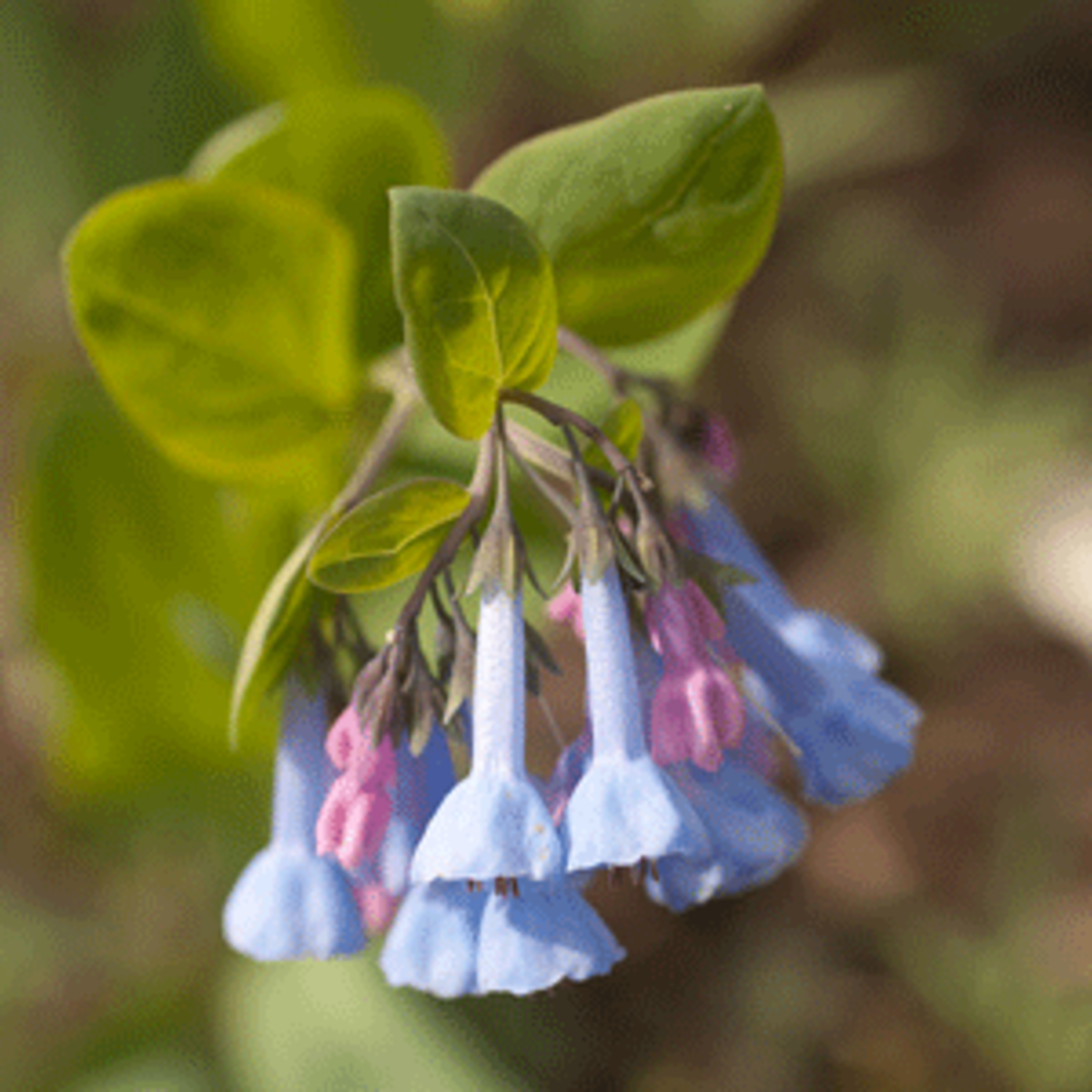
The start of spring reflects the accumulation of heat sufficient enough to initiate leafing and flowering on temperature-sensitive plants, both native and invasive. By monitoring seasonal changes in plant and animal communities across natural habitats of the Appalachian Mountains, Radford University faculty and students are helping to document biodiversity and investigate species responses to urbanization, non-native invasive species, and climate change. 2004).Īccording to The US Global Change and Research Program, start of spring is a critical indicator of climate change ( USA-NPN 2018). Our monitoring efforts follow standardized field protocols established by the USA National Phenology Network, a consortium of scientists, resource managers, educators, and citizen-scientists working to collect data on more than 1,500 species of plants and animals across the United States (Denny et al. More about gardening with spring ephemerals….Annual monitoring of spring wildflowers by the Radford University Phenology Monitoring Program began in March 2018. The bright red berries that appear in later summer are the result of a pollinated female plant. The gnats eventually enter a female plant, where the accidentally gathered pollen brushes off on the stigmas and pollinates the female plant.

By the time they finally exit the plant they’ve been dusted with pollen from the male flowers. However, if the plant is a male, they can exit through a small opening at the base of the chamber. When they are finished laying eggs the gnats are unable to crawl out of the plant because of the slippery interior. The unsuspecting gnats lay their eggs on what they believe to be a fungus. These unique looking ephemerals are pollinated by fungus gnats, which are attracted into the “pulpit” by a slight fungal odor. Which means that each plant bears one or the other, male or female, flower parts. Sharp Lobed Hepatica (Hepatica acutiloba) produces only pollen.Īnother “pollen only” producer, Jack in the Pulpit is a dioicious species. The petals drop quickly once pollination has occurred. Bloodroot unfurls in the warmth of the sun for a short period of time, and the stamens start releasing pollen within a few hours of opening. Pollen is an essential source of protein that bees use to feed their young, so even without nectar, bees will avail themselves of the pollen. Since the competition for nectar and pollen isn’t quite as intense in the early spring, some wildflower species such as Bloodroot and Hepatica don’t bother producing any nectar at all. Mayapple flowers compensate for a lack of nectar by offering a very generous pollen reward. Numerous mining bee species are specialists, and are out foraging strictly for their partner plants, such as Trout Lily and Bellwort. Unlike bumble bees, which can feed from a wide range of flowers, many early pollinators are picky eaters that collect nectar and pollen only from one group of closely related plants. An abundance of these early blooms helps to lay the foundation for healthy bumble bee numbers all season long. The first to bloom in spring, ephemeral flowers are a critical source of nectar and pollen for bumblebees, mining bees (andrena bees), various flies and gnats. In the case of Mayapples, box turtles are important distributors of the seed. The fruits of Jack-in-the-pulpit are eaten and dispersed by various small mammals and birds. Other ephemeral seeds are carried farther away from the parent plants. Once these plants disappear from a woodland they rarely return. Plants that depend on this seed dispersal process are susceptible to habitat fragmentation, which inhibits the spread of spring ephemerals. Seed dispersal by ants is local and takes place within only a few meters of the parent plants (unlike seeds dispersed by birds or wind).

The seeds are undamaged by this process and germination of the seed is enabled by the fertile environment within the nest. The ants carry the seed back to their nest where the elaiosome is eaten by their young, and the seed then discarded. Bloodroot seeds have external appendages called elaiosomes, which are made up of a nutritious fatty substance that attracts ants. The seeds of some ephemeral species, such a Bloodroot, are dispersed by ants.


 0 kommentar(er)
0 kommentar(er)
